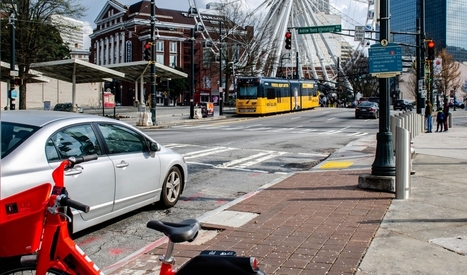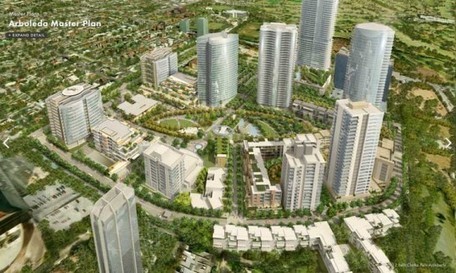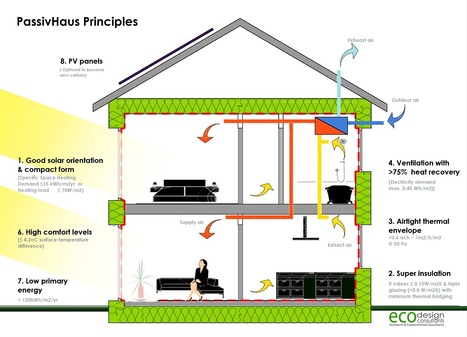This beautiful, family-owned winery on a 32-acre site in Geyserville, California is noted for its red wine offerings as well as its stunning surroundings and spectacular views, not to mention an architectural design that features green strategies and sustainability as key design elements.
Reflecting Stryker Sonoma's 'bold but thoughtful' philosophy, the design expresses this spirit with a distinctly contemporary aesthetic that references the rural characteristics of the site, creating continuity between the natural and built landscapes.
Designed by Sonoma-based firm Nielsen : Schuh Architects, the winery building incorporates sustainable strategies and passive design concepts at the 12,600 square foot working facility. An environmentally-responsive and site-inspired design serves the needs of the program with minimal development impact to the existing vineyards. The design also conveys the the winemaking processes that occur within it through the thoughtful application of local materials, the incorporation of varying levels of visual transparency, and an environmentally-sensitive site layout.
For more images and to learn more about this beautiful, sustainable destination in Northern California, check out the complete article at the link...
Via
Lauren Moss





 Your new post is loading...
Your new post is loading...










